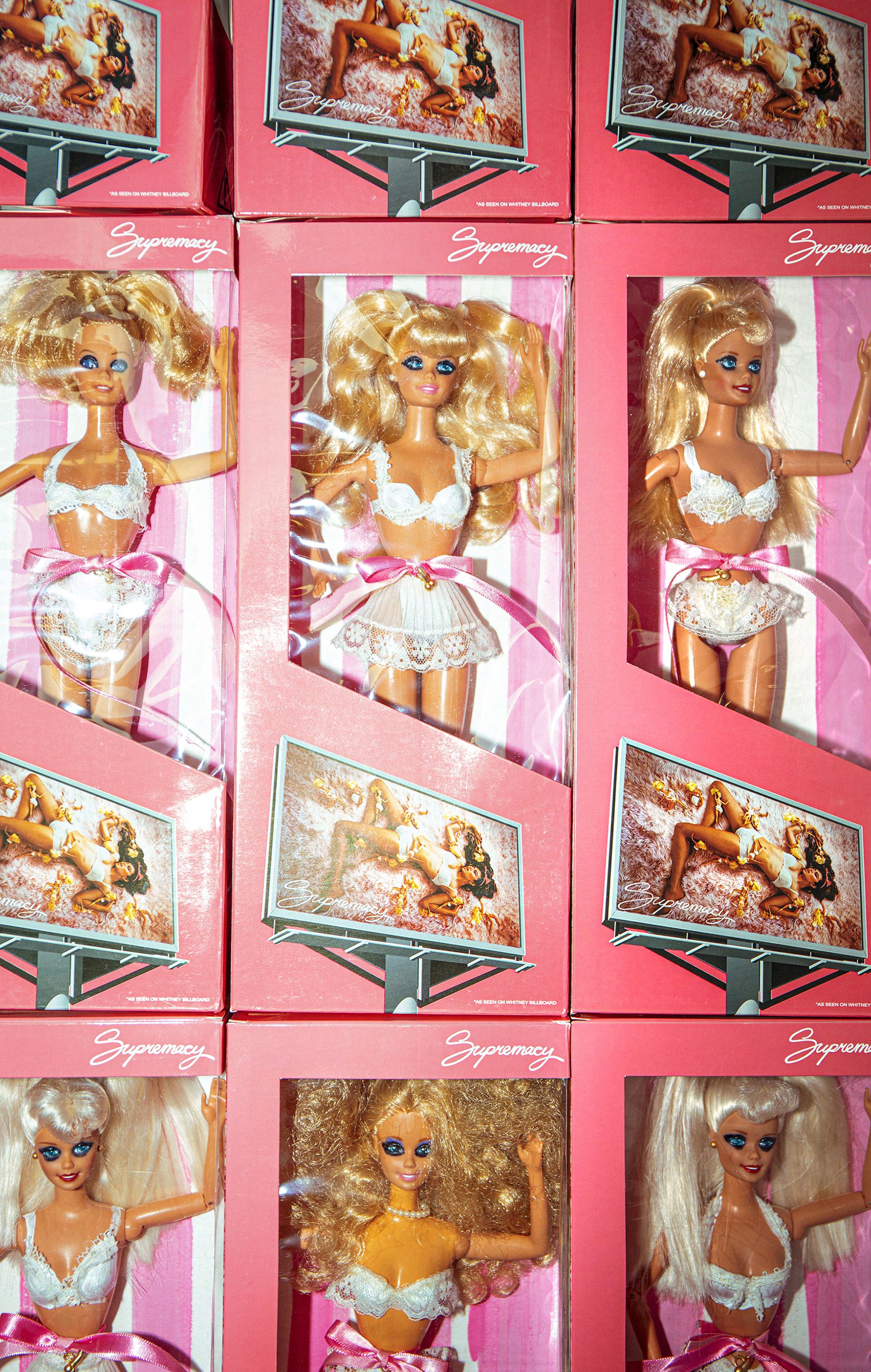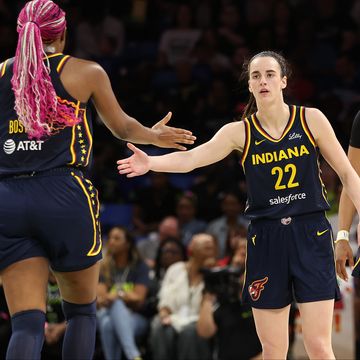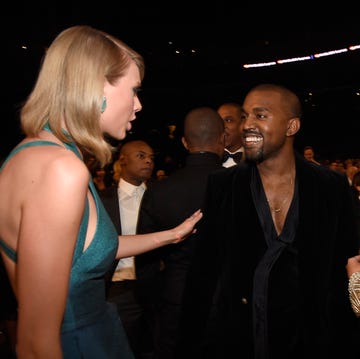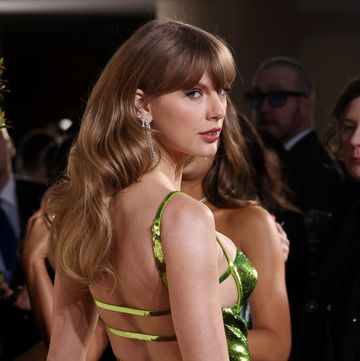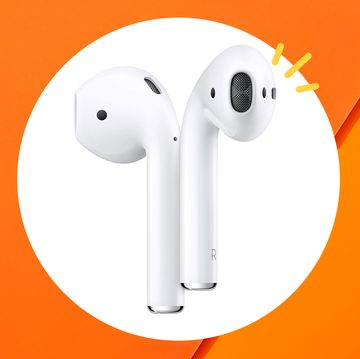Martine Gutierrez is a visual and performance artist who explores identity in a multitude of ways through various media, including billboard campaigns and films. Women’s Health spoke to Gutierrez to get a glimpse inside the mind of the artist and to understand how she continues to generate creative statements about our culture that make you stop, think, and reassess your own relationship with the world around you.
WH: Tell us more about your background. Did you always know you wanted to be a professional artist?
MG: I struggled in school, academically and socially. I remember having so much frustration with authority figures. I would skip class to hitchhike, get in fights with students who harassed me because I dyed my hair and dressed differently. “Being yourself” often means being alone. The one place I felt accepted was in the arts. My mother understood how important it was for my confidence and put me in every arts program available.
My adolescence was an Olympic renaissance; I studied everything from dance to painting, life drawing to darkroom photography. Art became the tool to articulate what language could never express, permission to cultivate my own definition of self. I didn’t know being a fine artist was even a viable option—I thought art was something you died doing in destitution, like Vincent van Gogh.
WH: You’re a first-generation American on your father’s side, but your mother is from the United States. How did your heritage influence you artistically when you were growing up?
MG: My parents met in graduate school and worked together in Guatemala, where my father is from. My mother fell in love with the Guatemalan people and their culture, while my father embraced the American dream.
They divorced when I was young, so I grew up flying back and forth between their homes. Their social activism as well as their liberal political views brought them together, so of course my fascination with celebrity was seen as disgraceful. Pop culture was another world in which I was an outsider, curiously peering in. There was never a representation in the magazines to identify with. I was, and always will be, an antagonist to the mainstream.
WH: Where do you find ideas? And what is your creative process like?
MG: A friend told me they think of my work as responses to moments of social crisis. I like that. I suppose I never stopped watching the world from a distance; perhaps I don’t know how to feel a part of it.
In terms of process, I obsess and obsess until the idea I’ve been grasping at is out of my head, and then I lose interest in it completely. Much like a lover. And just when I begin to doubt I’ll ever have a good idea, a new one entangles my mind and the affair begins again.
WH: Are there any habits that help you stay inspired?
MG: Abstinence and isolation. When I get into a creative work flow, I turn into a monk. I’ll even forget to eat or sleep. You enter a state of mind, quiet from noise and time. It’s a meditative high.
WH: What do you do when you’re in a creative rut?
MG: Indulge—I go to the movies, museums, galleries, libraries, parks. I reward and fill up on little pleasures.
WH: What is your ultimate goal with your art? What messages do you hope to convey?
MG: I have no intention of teaching anyone how to see. Being critical of the toys we played with growing up or the countless Photoshopped images we scroll past every day won’t stop any of us from aspiring for perfection.
In billboards like Supremacy, I provoke by using symbols that we understand as advertising as a means of confrontation—but my “products” aren’t telling people what they need, how to feel, or who to be. We as a culture will always measure ourselves against our aspirations.
WH: Are there any particularly memorable moments in your career when your work resonated with others and you feel like they “got” it?
MG: My videos have become notorious, though most aren’t available online. In 2012, I made a film titled Clubbing. Using a green screen, I choreographed an ensemble of dancers, some shy, some bold, some women, some men.
In the end, the dancers couple off, finding their partners, and the audience comes to the understanding that everyone on-screen is in fact the same person—me. When I made Clubbing, I was an undergrad at the Rhode Island School of Design and could not have imagined the film would one day be acquired by the Smithsonian.
New acquisitions will exhibit at the Smithsonian this summer, in the group show “Musical Thinking.” For the first time, Clubbing will be interactive, with viewers able to dance along with me.
WH: What advice would you give to others who want to pursue art but feel it’s too late or hard?
MG: Honestly, the less popular you are, the better. You don’t need people to like your work—what you need is an opinion.
Women’s Health is proud to be one of the 12 Hearst brands partnering with the Whitney Museum of American Art to amplify the voices of female artists in honor of International Women’s Day 2023. For this historic initiative, each brand and artist collaborated to illustrate the name of the project, The Art of Moving Forward. Women are not just surviving but thriving—moving ever forward to lead, define, and shape a challenging world—and these artists exemplify that.
This program is being presented in partnership with Johnnie Walker, which has awarded more than $1 million in grants to women-owned businesses and is helping women overcome historical barriers by showcasing stories of their progress.


